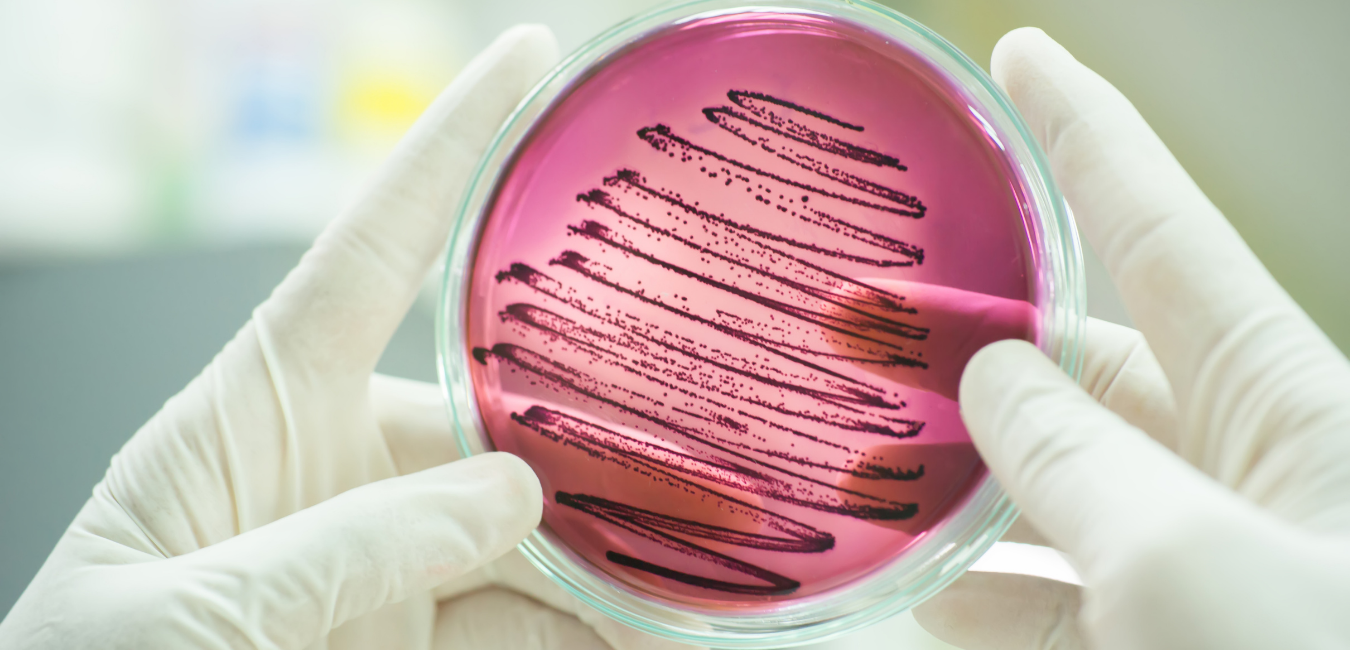Currently Empty: $0

FOOD TECHNOLOGY (02-10-2021)
Q1. For the growth of bacteria, Water activity (aw) must be
- Greater than 0.9
- Greater than 0.85
- Greater than 0.8
- Greater than 0.75
ANSWER: 1. Greater than 0.9
-
Explanation: The ratio between the vapour pressure of the food itself, when incomplete equilibrium with the surrounding air media and the vapor pressure of distilled water under comparable conditions is the water activity (aw) of a food. Most meals have a water activity of greater than 0.95, which provides enough moisture for bacteria, yeasts, and mold to flourish. The amount of accessible moisture can be lowered to the point that the organisms’ growth is inhibited.
READ MORE – FOOD TECHNOLOGY (02/09/2021)
Q2. Milk contains ______ % by volume of gas.
- 3 to 6 %
- 7 to 10 %
- 12 to 15 %
- 17 to 20 %
ANSWER: 2. 7 to 10 %
-
Explanation – Air and gases are constantly present in milk at varying levels. The air content of the cow’s bloodstream determines the volume of air in milk in the udder. Because oxygen (O2) is chemically bonded to hemoglobin in the blood, the carbon dioxide (CO2) content is high because the blood transports significant volumes of CO2 from the cells to the lungs. The udder produces 5–6% by volume of gases in milk, although the gas level might reach 10% by volume when the milk arrives at the dairy.
READ MORE – FOOD TECHNOLOGY (12-09-2021)
Q3. The process in which a food chain is formed and the metabolic end products of one are utilized as foodstuff by the other for producing the final change is known as?
- Synergism
- Metabiosis
- Antibiosis
- Gassiness
ANSWER – 2. Metabiosis
-
Explanation: Metabiosis occurs when one organism creates favorable conditions for the growth of another. Both species may be growing at the same moment, but more often than not, one organism will outgrow the other. Ex: At room temperature, raw milk generally supports acid fermentation by Streptococcus lactis and coliform bacteria until the acid inhibits the bacterium. Then, on top of it, film yeasts and molds grow, decreasing the acidity and allowing proteolytic bacteria to become active.
READ MORE – FOOD TECHNOLOGY (22-09-2021)
Q4. Coagulation of milk and foaming for subsequent gas production by yeasts is an example of?
- Metabiosis
- Synergism
- Antibiosis
- None of the above
ANSWER: 2. Synergism
-
Explanation: Changes brought about by two microorganisms are known as synergism (not a single one). Leuconostocs converts citrate to volatile citrate to volatile chemicals in the mixed starter (Streptococcus lactis & Leuconostoc spp). (only at low pH). Lactic acid generation by S. lactis causes a drop in pH. Lactic acid bacteria, which are essential for the ‘yeasty creamy’ fault in cream, have been discovered (Candida pseudotropicalis, Torulopsis). Coagulation and foaming of milk for later gas generation by yeasts are two examples.
READ MORE – FOOD TECHNOLOGY (12/06/2021)
Q5. Gassiness, ropiness, proteolysis comes under?
- Normal fermentation
- Abnormal fermentation
- Mixed fermentation
- None of the above
ANSWER – 2. Abnormal fermentation
-
Explanation – Gassiness, ropiness, and proteolysis are all symptoms of abnormal fermentation. Gassiness is linked to acid generation, which causes frothiness, thanks to the interaction of acid-producing bacteria and yeasts. Many causal bacteria demonstrate active growth in milk at low temperatures, which is why ropiness has been found in milk kept at low temperatures. Proteolysis is a process in which microorganisms or their enzymes break down casein or other insoluble casein derivatives into water-soluble molecules.
READ MORE – FOOD TECHNOLOGY (01-10-2021)




nice…